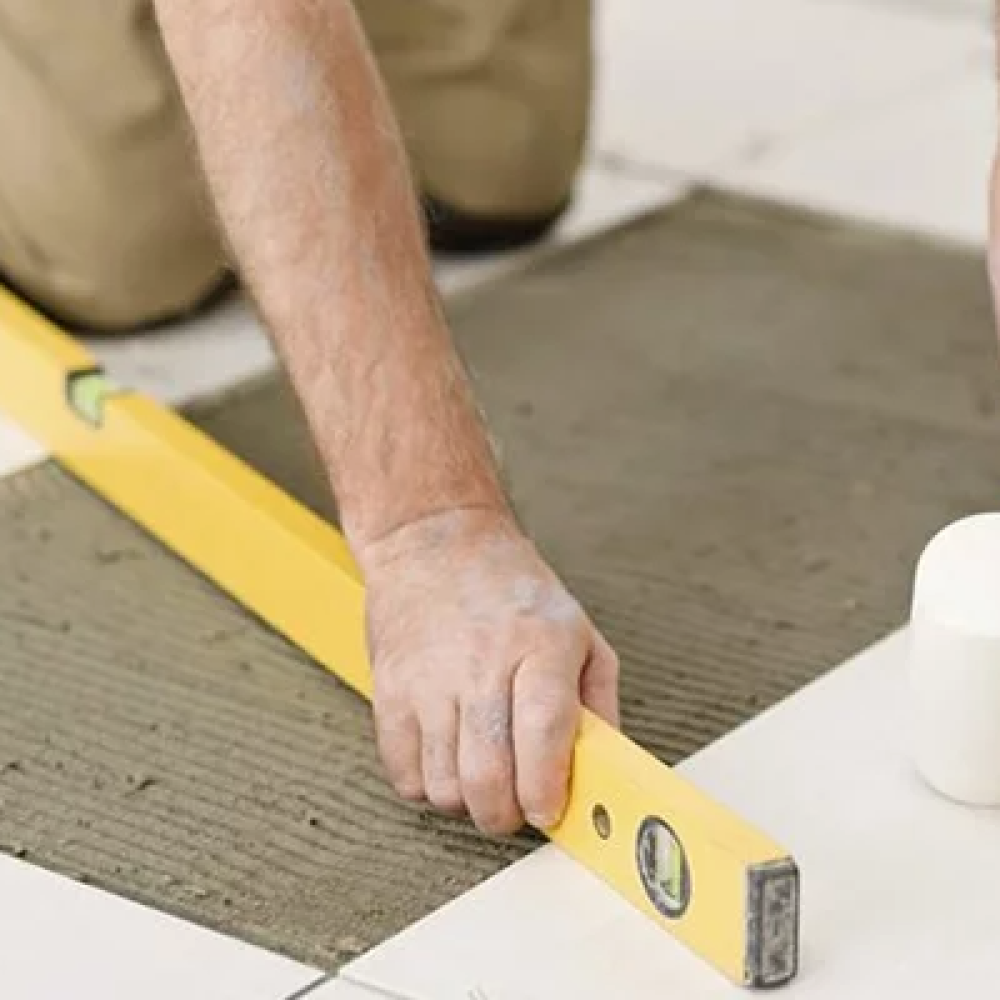Porcelain tiles are the most durable of all flooring types, they are resistant to breakage and can withstand the daily traffic of heavy equipment. If your porcelain floors are not stable, it is likely due to the installation method. There are many tilers who have incorrect information that is not based on science or practice, while they believe that it is the correct method of installation, so we have chosen these pictures for you to clarify the incorrect and correct form in the installation process:
Each size of tile (ceramic or porcelain) requires a different thickness of glue.
If the tile size is large, it needs a large thickness of glue, and vice versa, so a glue spreader is chosen.
(Toothed hand) carefully according to the size of the tiles.

The method of spreading glue on the tiles, floor or wall is in a uniform direction and not in different directions. We notice in this picture the spreading lines on the right side in one direction, which is the correct one, while on the left side they are random. This creates gaps under the tiles and makes the adhesion less and more prone to breakage.
.jpg)

The adjacent image shows the correct way to apply it.

The glue should be spread on the floor in an amount that exceeds the size of the tile in all directions to avoid leaving a gap under the tile, which would expose it to breakage.

In this picture, the tiles are installed correctly on the right side of the picture, while a cavity is visible under the tile on the left side of the picture. This incorrect application of glue causes the edges of the tiles to break when heavy weights pass through.


Grouting tiles with white cement is a common mistake, as cement is an absorbent material.
(Porous) It is not waterproof; therefore, it is not recommended to use it as a grout so that water does not seep under the tiles. As for grout, it is done using special grouts for tiles, which are non-porous materials and prevent water from seeping under the tiles as they are not absorbent.
According to the American National Standard Institute, tile requires a minimum of 80% coverage for interior applications and 95% coverage for exterior, wet environments.
Clips on how to install porcelain:

